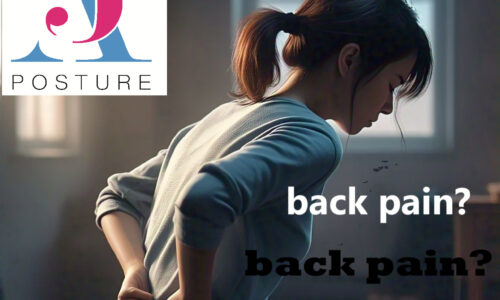The ingrown toenail is the result of a conflict between the nail plate and the periungual tissues. It is considered a comorbidity because it impacts daily life and can generate many underlying problems. It must therefore be treated as quickly as possible. The nail penetrates the furrows deeper than normal, causing pain of varying intensity, redness, swelling (inflammation) and sometimes infection. The spur present in the furrow continues to grow at the same time as the nail, which explains why the pain only increases if left untreated. Lack of treatment can also lead to the appearance of a fleshy bud or botryomycoma (inflammatory angioma). In addition, when you have an ingrown toenail, you create an entry point without complications. Indeed, shoes being an infectious environment, having an ingrown toenail in this location is not interesting.
It is important to treat the causes of appearance to avoid recurrence and they can be numerous:
1- Poor posture: in the majority of cases, the foot will tend to move inwards and therefore, during the last phase of propulsion, instead of passing over the pulp of the toe as a whole, we will have great support on the lateral side of the big toe along the axis of the foot. Consequently, the soft part of the pulp comes into conflict with the nail which is hard and with repetitions, it becomes inflammatory. We thus enter a vicious circle because the more inflammatory it is, the more it will grow and the more it grows, the more it hurts… And at the end of the day we get an ingrown toenail. We will therefore treat locally initially then it will be interesting to have a more general approach where we will try to find the contributing factor from the mechanical point of view which causes this to happen and that it possibly recurs. Postural or orthopedic insoles can be interesting in this context
2- A mechanical context (conflict between the lateral bead of the toe and the nail),
3- A bad nail cut
4- Onychotillomania (when you pull out your nails)
5- Trauma or microtrauma
6- A deformation of the nail plate (the shape of the nail): hypercurvature of the nail, fungal nail, volute, fan-shaped, provence tile, lateral plication nails
7- A shoe constraint
8- Hypertrophy of the ball of the big toe
9- A hypertrophic callus
10- A subungual exostosis…
How to treat and prevent the appearance of an ingrown toenail? Treating the cause(s) is the best remedy. It will therefore be necessary to ensure:
1- Carry out an annual postural assessment
2- Wear postural rebalancing insoles if necessary
3- Do a medical pedicure treatment then:
4- Cut the toenails straight and leave the corners slightly longer
5- Use pliers designed for cutting nails
6- Wear shoes that are wide enough at the toe box
7- Have good foot hygiene, especially for the elderly, diabetics, with circulation problems, etc.
Surgery that doesn’t treat the cause of the problem doesn’t actually work.


